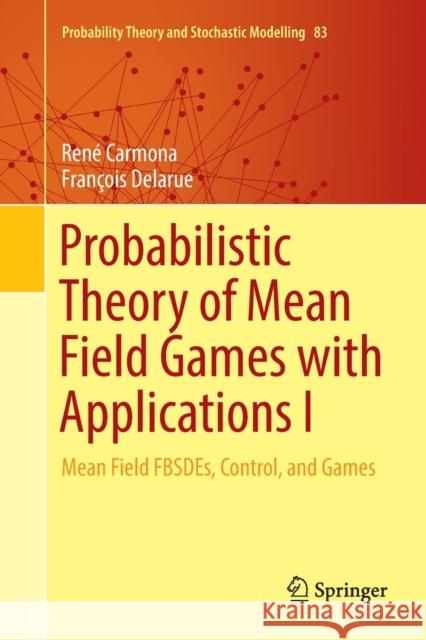Probabilistic Theory of Mean Field Games with Applications I: Mean Field Fbsdes, Control, and Games » książka
topmenu
Probabilistic Theory of Mean Field Games with Applications I: Mean Field Fbsdes, Control, and Games
ISBN-13: 9783030132606 / Angielski / Miękka / 2019 / 714 str.
Probabilistic Theory of Mean Field Games with Applications I: Mean Field Fbsdes, Control, and Games
ISBN-13: 9783030132606 / Angielski / Miękka / 2019 / 714 str.
cena 642,56
(netto: 611,96 VAT: 5%)
Najniższa cena z 30 dni: 616,85
(netto: 611,96 VAT: 5%)
Najniższa cena z 30 dni: 616,85
Termin realizacji zamówienia:
ok. 22 dni roboczych
Dostawa w 2026 r.
ok. 22 dni roboczych
Dostawa w 2026 r.
Darmowa dostawa!
Kategorie:
Kategorie BISAC:
Wydawca:
Springer
Seria wydawnicza:
Język:
Angielski
ISBN-13:
9783030132606
Rok wydania:
2019
Wydanie:
Softcover Repri
Ilość stron:
714
Waga:
1.01 kg
Wymiary:
23.39 x 15.6 x 3.76
Oprawa:
Miękka
Wolumenów:
01
Dodatkowe informacje:
Wydanie ilustrowane











